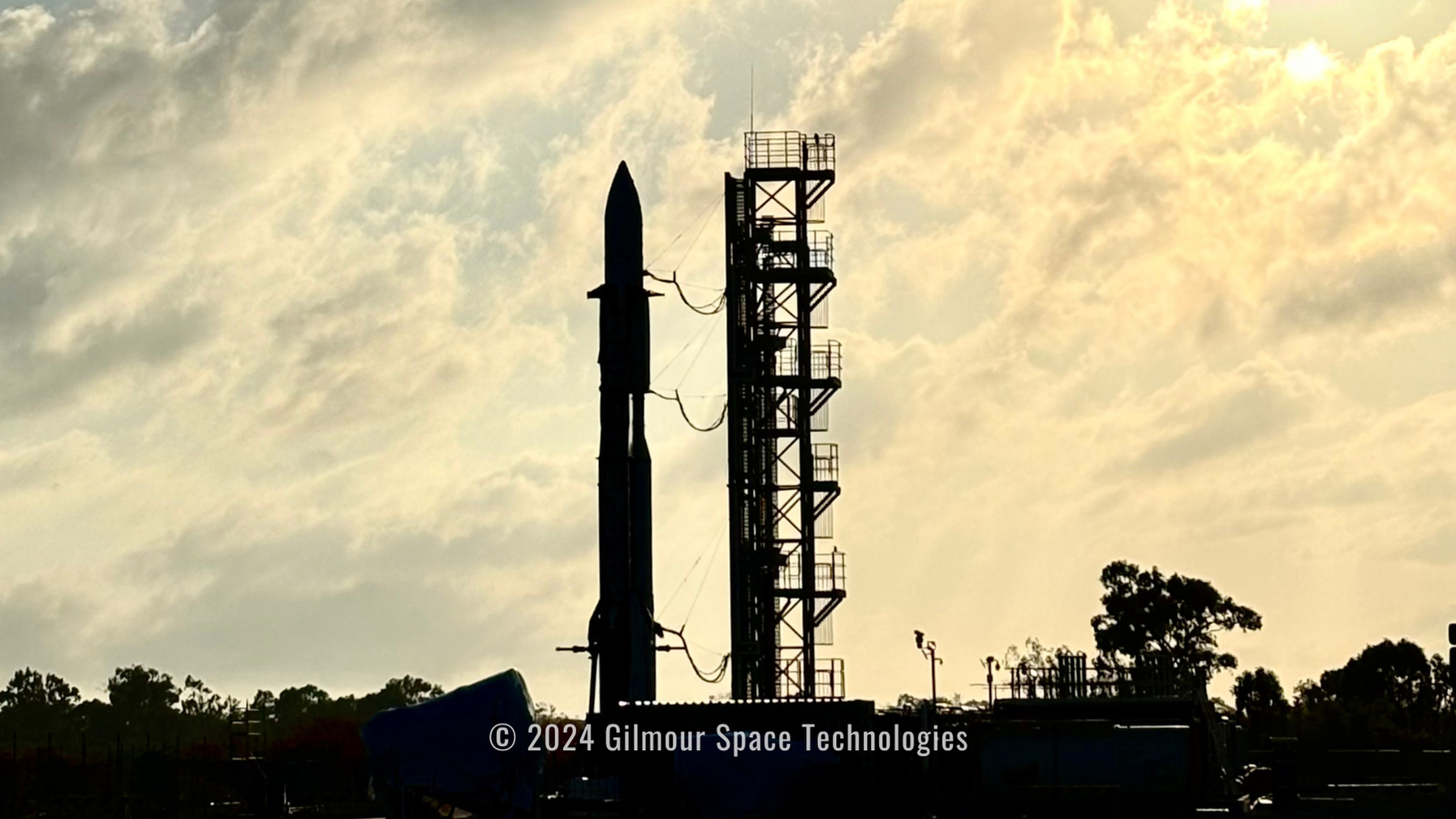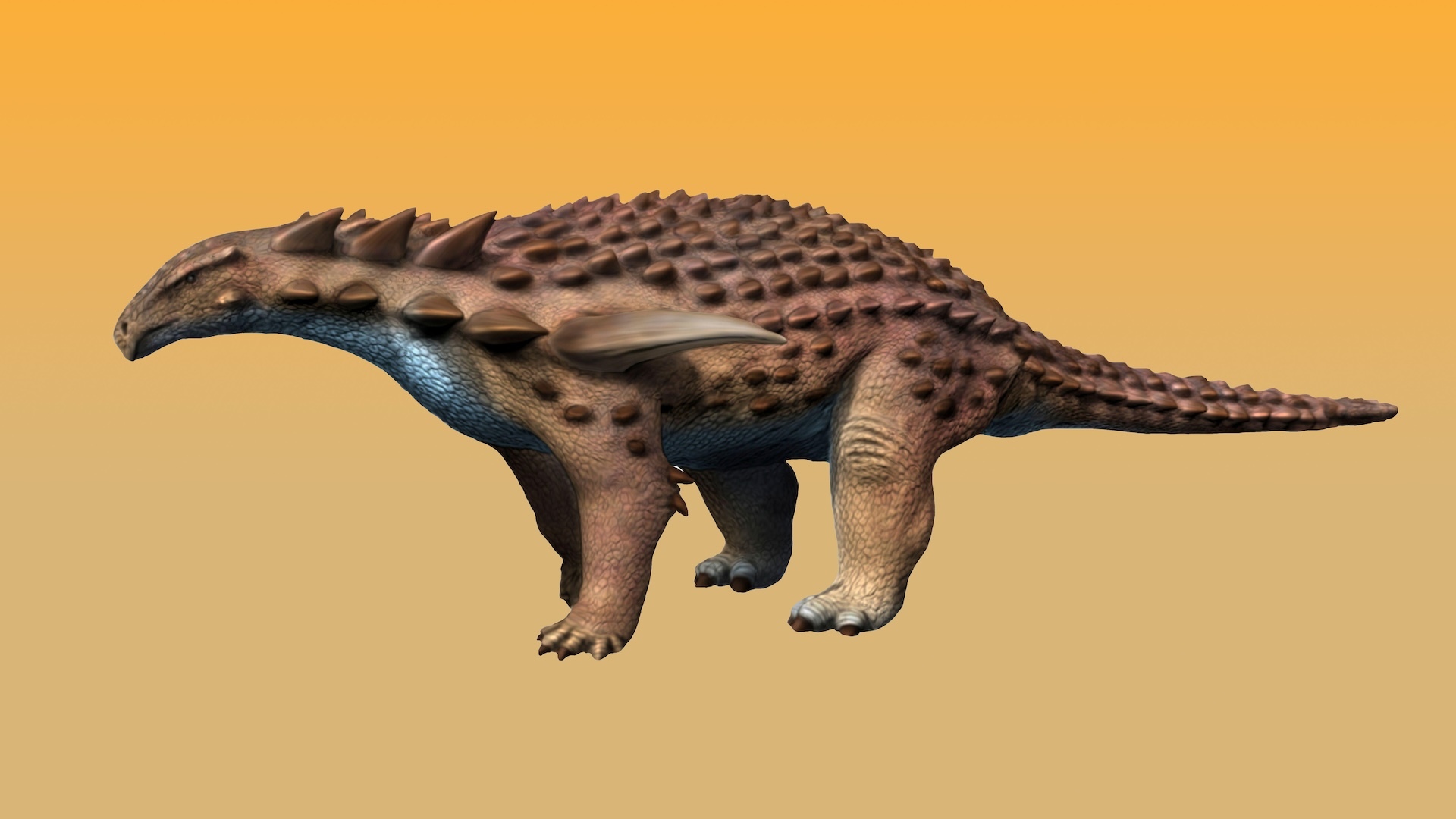Browsing Category
Science and Medical
7180 posts
Do ostriches really bury their heads in the sand?
"Bury your head in the sand" is an idiom that means to avoid or ignore a difficult situation. (Image credit: Martin Harvey/Getty Images) For centuries, people have claimed that, when faced with danger, ostriches (Struthio species) stick their heads in the sand to hide. This vivid image led to the popular phrase "bury your head in
November 10, 2024
How did the Concorde fly so fast?
Concorde planes could accelerate to faster than the speed of sound, leaving a loud sonic boom in their wake. (Image credit: NNehring via Getty Images) The Concorde passenger jet set a record when it flew between New York City and London in 2 hours, 52 minutes, 59 seconds. The supersonic plane could fly at more
November 10, 2024
Australian company Gilmour Space gets country’s 1st orbital launch license
Australia is poised to be the next country to take the giant leap into orbit.Aussie-based company Gilmour Space received the country's first orbital launch license this week, as it prepares for the first test flight of its Eris rocket.A specific launch date is expected within the next few weeks, according to a Gilmour Space press
November 9, 2024
4 years after the giant Arecibo Observatory collapsed, we finally know what happened
(Image credit: Ricardo Arduengo/AFP via Getty Images) What does the discovery of a binary pulsar in 1974, the discovery of the first exoplanets, and the most powerful message humans have ever sent out into space all have in common? They all happened at the Arecibo Observatory in Puerto Rico.With a spherical reflector dish that was
November 8, 2024
How to experience traditional South Korean culture
This article was produced by National Geographic Traveller (UK).In the 1960s, only a few years after the destruction of the Korean War, South Korea began putting an official classification on its most cherished crafts, customs and celebrations. Known as National Intangible Cultural Heritage, the designation has since been applied to almost 150 practices, from hemp-weaving to masked
November 8, 2024
Armored dinosaur could withstand the impact of a high-speed car crash, thanks to the ‘bulletproof vest’ over its plate armor
An illustration of the nodosaur Borealopelta markmitchelli, which had defensive armor made of thick keratin sheaths over bony spikes. (Image credit: Alamy) Ankylosaur armor could likely withstand the impact of a high-speed car crash, the best-preserved dinosaur fossil on record has revealed.The fossil belonged to a nodosaur, a plant-eating dinosaur that could grow to be
November 7, 2024
‘Crumb trails’ of meteoroids could reveal potential ‘planet-killer’ comets years before they reach Earth
November 7, 2024
An illustration of a comet blazing through Earth’s skies. By studying meteor showers, scientists think they may be able to pinpoint potentially deadly comets years in advance. (Image credit: Maciej Frolow via Getty Images) Comets that rarely swing past the sun could ram into our planet, but we could spot them using the "crumb"-like meteoroid
Labor to reimpose ankle monitors, curfews on former immigration detainees
Former immigration detainees could be forced to wear ankle bracelets, even after the High Court ruled it unlawful. The background: The federal government has rushed through the new laws that would bypass the High Court's ruling on Wednesday that these initiatives were illegal. Under the proposal, formerly detained immigrants could still be subject to curfews
November 7, 2024
Gisele Pelicot ‘honoured’ to wear scarf made by First Nations women
Warning: This article discusses distressing themes and sexual assault. Gisele Pelicot, the French woman at the centre of the rape trial of her ex-husband and 50 other men, has said she was honoured to wear a scarf sent to her by an Australian women's organisation."I'm very honoured to wear it," Pelicot said on leaving the
November 7, 2024
When will Donald Trump be sworn in as US president, and what happens in the meantime?
Four years after Donald Trump was voted out of the White House,, as projections show he will win more than the 270 Electoral College votes required to hold office.Democrat Kamala Harris conceded defeat in the election but " after swing states won by Joe Biden turned red with voters overwhelmingly backing Trump.So, what happens next, and
November 7, 2024












